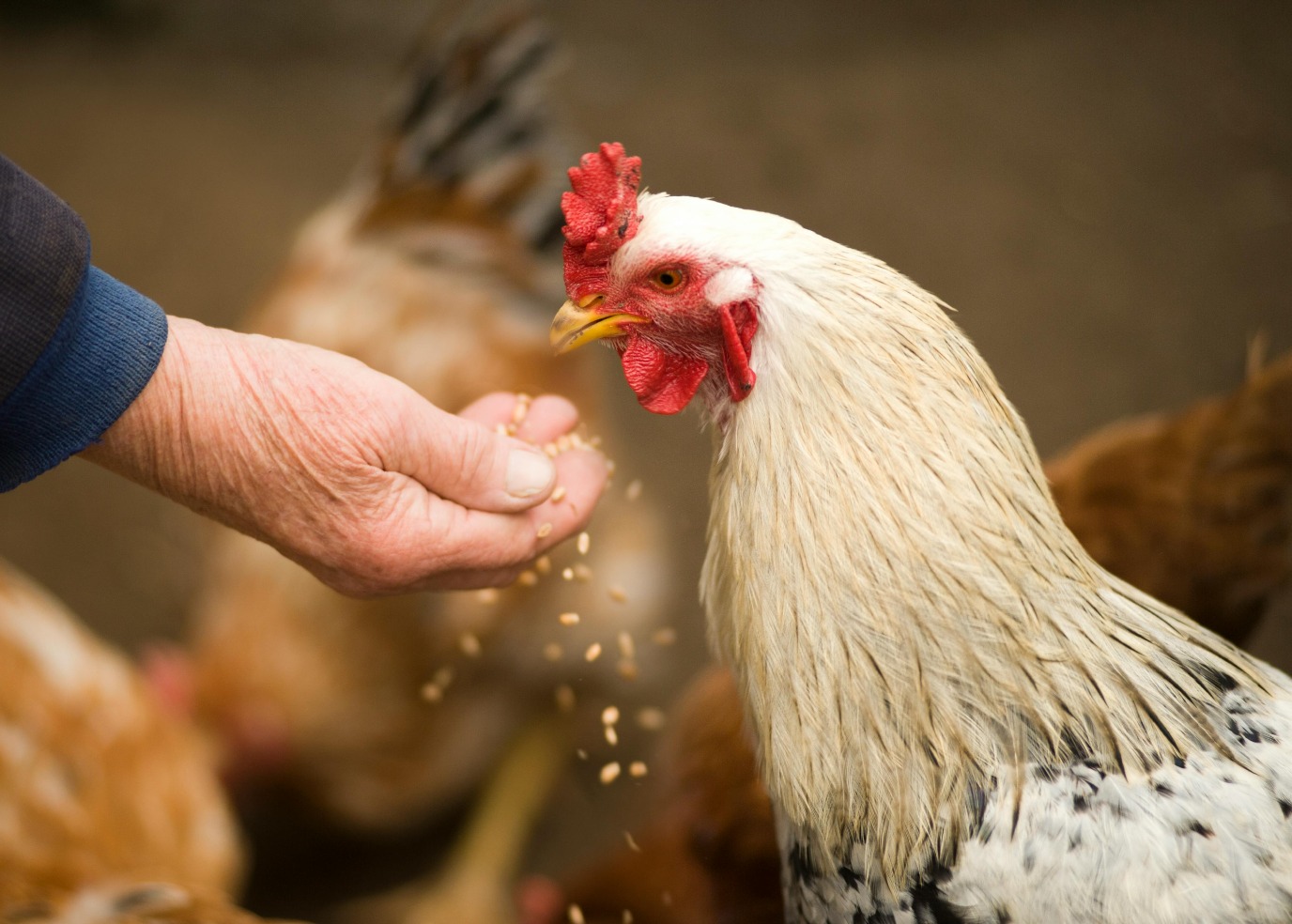PFAS: breaking down the forever chemicals

PFAS, often called the forever chemicals, are harmful to humans and animals. They spread easily in our environment, end up in sea foam, chicken eggs, and wine, and keep accumulating because they hardly degrade. But biochemist Clemens Mayer and PhD student Suzanne Jansen are working on enzymes that can break them down.
FSE Science Newsroom | Text Charlotte Vlek | Images Leoni von Ristok
Substances in the PFAS group, or per- and polyfluoroalkyl substances, consist of long chains of carbon-fluorine (C-F) bonds in a row: ‘These bonds are among the strongest we know in chemistry’, explains Mayer. ‘And the more C-F bonds a substance has, the stronger they become.’ This makes the long PFAS chains extra difficult to break down. On top of that, they are truly human-made: nature has little experience in degrading such substances.
The bonds in PFAS are among the strongest we know in chemistry
But there is one natural substance that contains a C-F bond: fluoroacetate, which is produced by some plants. It’s toxic for most herbivores, but some bacteria that can degrade this molecule can be found in a cow’s stomach. While fluoroacetate is much smaller than most PFAS molecules – with just one C and one F – Mayer aims to use the enzymes from these bacteria to break down larger C-F chains, such as those in PFAS.
Tweaking enzymes
However, the problem is that these C-F-bond-breaking enzymes really only work on fluoroacetate. ‘That’s what they’re good at: they can break down some thirty C-F bonds per second’, reports Mayer. ‘But if you give them longer chains of Cs and Fs, the rate goes down to something like 0.1 per hour. So, the question is: how can we convince these enzymes to break down PFAS instead of fluoroacetate?’
Luckily, Mayer’s research group has some experience under their belt. They are using a process called directed evolution to develop new enzymes: instead of waiting for slow, evolutionary processes to give rise to bacteria that love degrading PFAS, you can speed things up deliberately. First, you have to locate the gene encoding for the fluoroacetate-degrading enzyme. Next, you have to create millions of mutations, which will result in millions of enzyme variants in the bacteria. These mutated bacteria must then be placed in an environment in which the desired trait (in this case, degrading PFAS) is a condition for survival – for example, by making PFAS the only source of food. Finally, natural selection will do the rest and the bacteria with the best mutation for breaking down PFAS will survive.
PhD student Suzanne Jansen set to work with this process, but in somewhat smaller steps: instead of attempting it with PFAS chains, she introduced a molecule that was quite similar to fluoroacetate, but with an extra carbon atom (and some hydrogen atoms to complete the molecule). Using directed evolution, she was able to select bacteria that degraded this molecule faster. Next, Jansen carried out the same process as above, but with a molecule featuring two C-F bonds instead of one. With this, she made quite some progress: she managed to increase the rate of degradation by a factor of ten.
All we have to do is find a way to get two fluorine atoms off these long PFAS chains
‘But when we introduced an extra carbon and an extra fluorine at the same time, it no longer worked’, reports Mayer. And that is exactly what would be necessary to break down these long PFAS molecules with many C-F bonds in a row. So, Mayer and Jansen will continue tweaking their enzymes. Mayer has high hopes: ‘All we have to do is find a way to get two fluorine atoms off these long PFAS chains. After that, I am confident that nature already has ways to deal with the rest.’
And then what?
And what if Mayer successfully develops enzymes that can break down PFAS, some ten years from now, perhaps? Will we then set his engineered bacteria loose in our backyards before letting our chickens out, to prevent PFAS from ending up in the eggs? Mayer laughs: ‘No, it’s not that simple. Our bacteria have been genetically modified, so they are not allowed to leave the lab. The enzymes they helped produce can be employed outside the lab, but they will not be stable in nature. Instead, you would need a way to collect PFAS in higher concentrations, a bit like how it’s done in waste water treatment. Then, you could use our enzymes for that.’
More news
-
23 October 2025
Storing electric power in a fluid
-
23 October 2025
Nine UG researchers awarded Vidi grant
-
23 October 2025
Thousands of eyes on the sky: 4MOST sees first light
